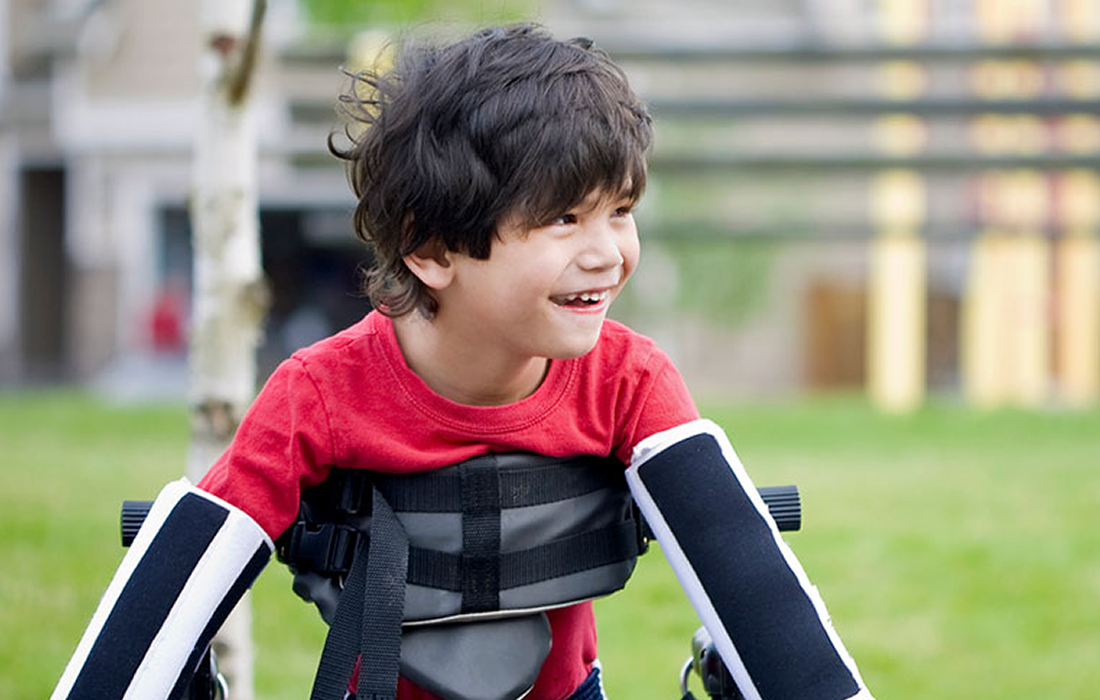Stem Cell Therapy for Specific Conditions
Effect of Stem Cell Therapy in Motor Function and Brain Connectivity in Cerebral Palsy
What is Cerebral Palsy?
Cerebral palsy (CP) is the most prevalent motor disorder of childhood. It affects 2-3 per 1,000 live births. CP typically results from in utero or perinatal brain injury such as hypoxic insult, hemorrhage, or stroke, and it can affect movement and muscle tone, or posture.
CP is the most common motor disability in childhood. Cerebral means having to do with the brain. Palsy means weakness or problems with using the muscles. CP is caused by abnormal brain development or damage to the developing brain that affects a person’s ability to control his or her muscles.
Current Treatment Options
Patients with this condition may require lifelong care with a medical care team.
There is no cure for cerebral palsy. However, there are treatment options that may help improve the child’s daily functioning and early interventions can improve outcomes.
Some medications used to lessen muscle tightness might be used to improve functional abilities, treat pain and manage complications that are caused by spasticity or other symptoms. These include muscle or nerve injections with botox or other agents and oral muscle relaxants.
All patients should have a program of physical therapy, occupational therapy and speech and language therapy.
Recently, the use of mesenchymal stem cells (MSCs) infusion has been considered as a promising therapeutic alternative in clinical practices and numerous trials have been conducted.
New Study on the Effect of Stem Cell Therapy
In a study published in the journal Stem Cells Translational Medicine, researchers conducted a phase II trial using autologous cord blood (ACB) infusions in children with CP to test whether ACB could improve function.
For the study researchers used a single intravenous infusion of 1-5 x107 total nucleated cells per kilogram of ACB. Children ages 1 to 6 years with CP were randomly assigned to receive ACB or placebo at baseline, followed by the alternate infusion 1 year later.
The study included 63 patients in total that were enrolled and randomized to receive the infusion (32) or placebo (31), with a crossover to alternate infusion 1 year later. The etiology of CP was classified as: periventricular leukomalacia (17), in utero stroke/bleed (27), ischemic injury (7), other causes (12). After the therapy no serious adverse events were reported.
The researchers observed that children who received higher cell doses (≥2 × 107/kg infused) demonstrated superior gains in both whole brain connectivity, evaluated with magnetic resonance imaging (MRI) , and motor function 1 year after the infusion of ACB. Motor function was evaluated with Gross Motor Function Measure-66 (GMFM-66) scores and Peabody Developmental Motor Scales‐2 at 1 year between placebo and treated groups.
Children with CP demonstrated statistically significant improvement in gross motor function on 2 well validated measures (GMFM-66 and Peabody Developmental Motor Scales‐2) when ACB was administered at doses (3 × 107/kg precryopreservation and 2 × 107/kg infused) that are above the threshold for hematopoietic reconstitution in allogeneic transplantation.
There was also important relationships detected via MRI/Diffusor Tensor Imaging data, which uses anisotropic diffusion to estimate the axonal (white matter) organization of the brain, suggesting that improvements in motor function result from increased or new connectivity induced by paracrine signaling of ACB cells.
The researchers confirmed that this increased total brain activity is correlated with increased motor improvement, and that those who received a higher dose of ACB had a greater increase in both normalized total brain connectivity and changes in the sensorimotor network.
Source:
Sun JM, Song AW, Case LE, et al. Effect of Autologous Cord Blood Infusion on Motor Function and Brain Connectivity in Young Children with Cerebral Palsy: A Randomized, Placebo-Controlled Trial. Stem Cells Transl Med. 2017;6(12):2071-2078. doi:10.1002/sctm.17-0102
https://www.mayoclinic.org/diseases-conditions/cerebral-palsy/symptoms-causes/syc-20353999
https://www.mayoclinic.org/diseases-conditions/cerebral-palsy/diagnosis-treatment/drc-20354005
https://www.cdc.gov/ncbddd/cp/facts.html
Image from:
https://www.cdc.gov/ncbddd/cp/features/cerebral-palsy-11-things.html

